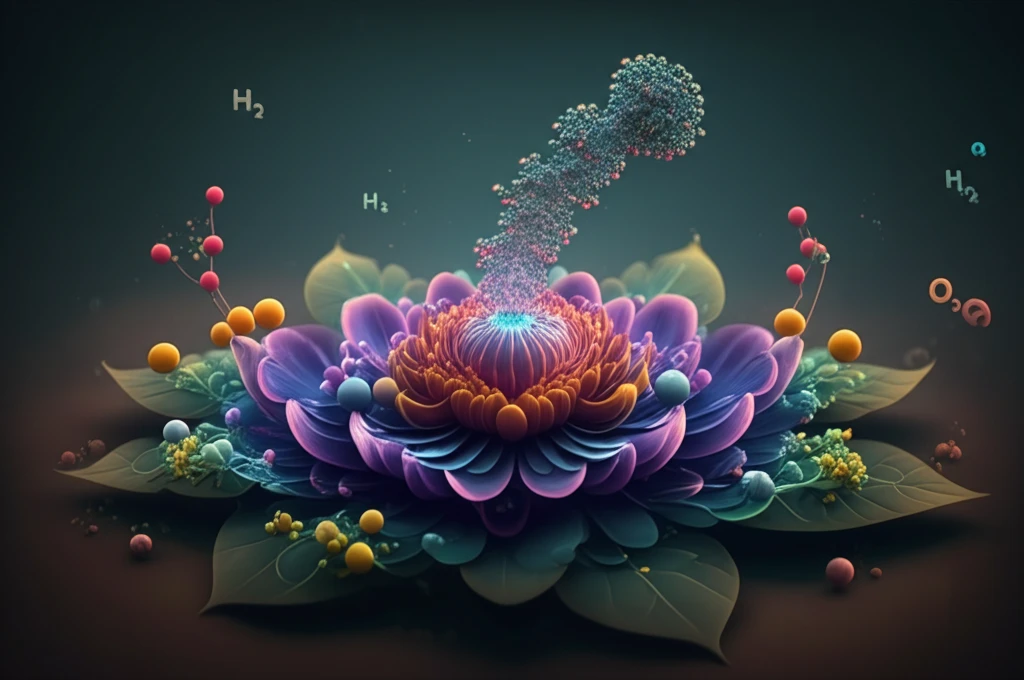
Sustainable H2O: Innovative Catalyst Design for Efficient Water Oxidation
"Unlock the Secrets of Sustainable Water Oxidation with Advanced Cobalt and Nickel Molybdate Electrocatalysts"
The quest for clean and sustainable energy sources has never been more critical. As global energy demands surge and environmental concerns intensify, innovative solutions are needed to transition away from fossil fuels. Electrocatalytic water splitting, a process that divides water into hydrogen and oxygen, holds immense promise as a key strategy for green energy production. This process hinges on the oxygen evolution reaction (OER), a critical step in various renewable energy technologies, including fuel cells and metal-air batteries.
However, the OER faces significant challenges. The reaction requires a substantial voltage input to overcome thermodynamic barriers and suffers from slow kinetics, resulting in energy losses. To address these hurdles, scientists are focusing on developing highly efficient electrocatalysts that can accelerate the OER, reduce energy consumption, and enhance the overall efficiency of water splitting.
Traditional electrocatalysts often rely on expensive noble metal oxides like iridium oxide (IrO2) and ruthenium oxide (RuO2). While effective, their scarcity and high cost hinder widespread adoption. Therefore, the development of cost-effective, non-noble metal catalysts with robust performance is essential for realizing the full potential of water splitting and other renewable energy applications.
Breaking Down the Science: MM0O4 Carbon Cloth Electrodes

Researchers have recently explored the potential of cobalt-based materials as promising alternatives to noble metal catalysts. Among these, spinel-type molybdates, such as XMoO4 (where X represents a metal like iron, cobalt, or nickel), have gained attention due to their high redox activity and stability in alkaline environments. A study published in "Inorganic Chemistry Frontiers" details the creation and testing of novel MM0O4 (M = Co, Ni) carbon cloth electrodes for water oxidation.
- Enhanced Conductivity: Carbon cloth provides a three-dimensional conductive framework, facilitating electron transport throughout the electrode.
- High Surface Area: The microflower structure maximizes the active surface area, allowing for more reaction sites and improved catalytic activity.
- Improved Stability: Direct growth on the carbon cloth ensures strong adhesion and prevents catalyst detachment, enhancing the electrode's durability.
The Future of Clean Energy
The development of efficient and durable electrocatalysts like MM0O4-CC is a crucial step towards realizing a sustainable energy future. By reducing the reliance on expensive noble metals and improving the efficiency of water splitting, these innovative materials can pave the way for large-scale hydrogen production and other renewable energy technologies. As research continues to refine catalyst design and optimize electrode structures, the promise of clean, affordable energy for all draws ever closer.
